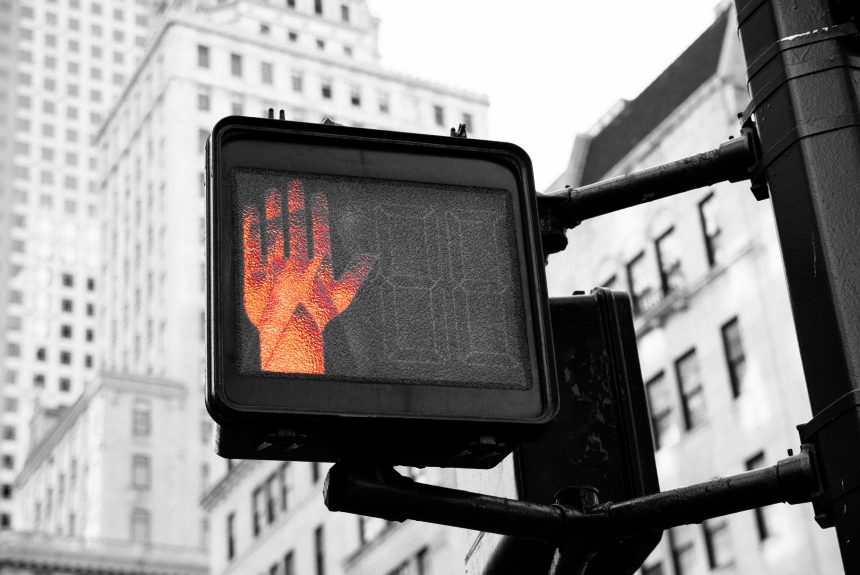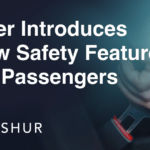
Busting the Top 5 Rideshare Myths 💥
Uber pioneered the rideshare business more than a decade ago, setting a trend for other rideshare apps. Since then, many mistaken ‘truths’ have emerged about the ridesharing industry. We’re here to bust some of the more prevalent rideshare myths out there.
1) Too many drivers in major cities, but more are recruited all the time
In reality, many big cities still suffer from a lack of drivers – especially during peak times. Also, many drivers only work part-time and are frequently joining/leaving the industry. Constant recruitment is needed to replace driver turnover and meet rising passenger demand.
2) Ride-hail apps will recruit anyone, which gives good drivers a bad name
The safety of passengers is the top priority for rideshare services. The recruitment process includes a thorough background check on drivers. Government databases are used for background checks, and are as rigorous as those for yellow cab drivers.
Riders are no more at risk in a ride-hail vehicle as they are in a cab in New York City. Of course there are always a few who slip through the net, but these are a rarity.
3) If drivers don’t work a minimum number of hours, the app sends them fewer rides
This is one of the biggest rideshare myths that keeps doing the rounds.
What we know: No ride-hail app sets a minimum number of hours on the road.
Of course more hours worked means more rides given, resulting in higher star ratings and ‘pings’ promotions – therefore you’re more likely to be a recommended driver.
Ultimately it’s entirely up to drivers how often they work.
4) Some riders don’t tip because they don’t care about drivers
Many riders use ride-hail transport sparingly, they’re not everyday customers. People may not be familiar with the in-app tipping system. Alternatively, they may not check their email receipt.
Generally riders aren’t thinking about tipping because it’s not in the forefront of their mind. It’s not that they don’t care about drivers!
Don’t let this rumour put you off your passengers if they don’t tip! You’ll catch them next time.
5) Surge Pricing penalises daytime drivers
Surge pricing is set by algorithms that only know numbers. It’s not personal, it’s not a myth, it’s just mathematics. Surge occurs when rider demand outstrips the supply of available drivers.
Typically, this is during rush hour, when bars and clubs close, and when major events like a baseball game ends. It’s all about demand.
Drivers have flexible working hours. If they prefer to work outside these peak periods, then yes, they may miss some surge pricing. It’s a clear driver choice.
HIGHLIGHTS:
There are many rideshare myths about the ride-hail industry
The facts reveal how wrong they usually are
New drivers are needed to keep up with rider demand and replace existing drivers
Ride-hail companies make all new drivers undergo background checks
There are no ‘minimum hours’ required of drivers
Riders don’t tip because they are often unaware of the need
Surge opportunities work best for drivers who work during peak hours






